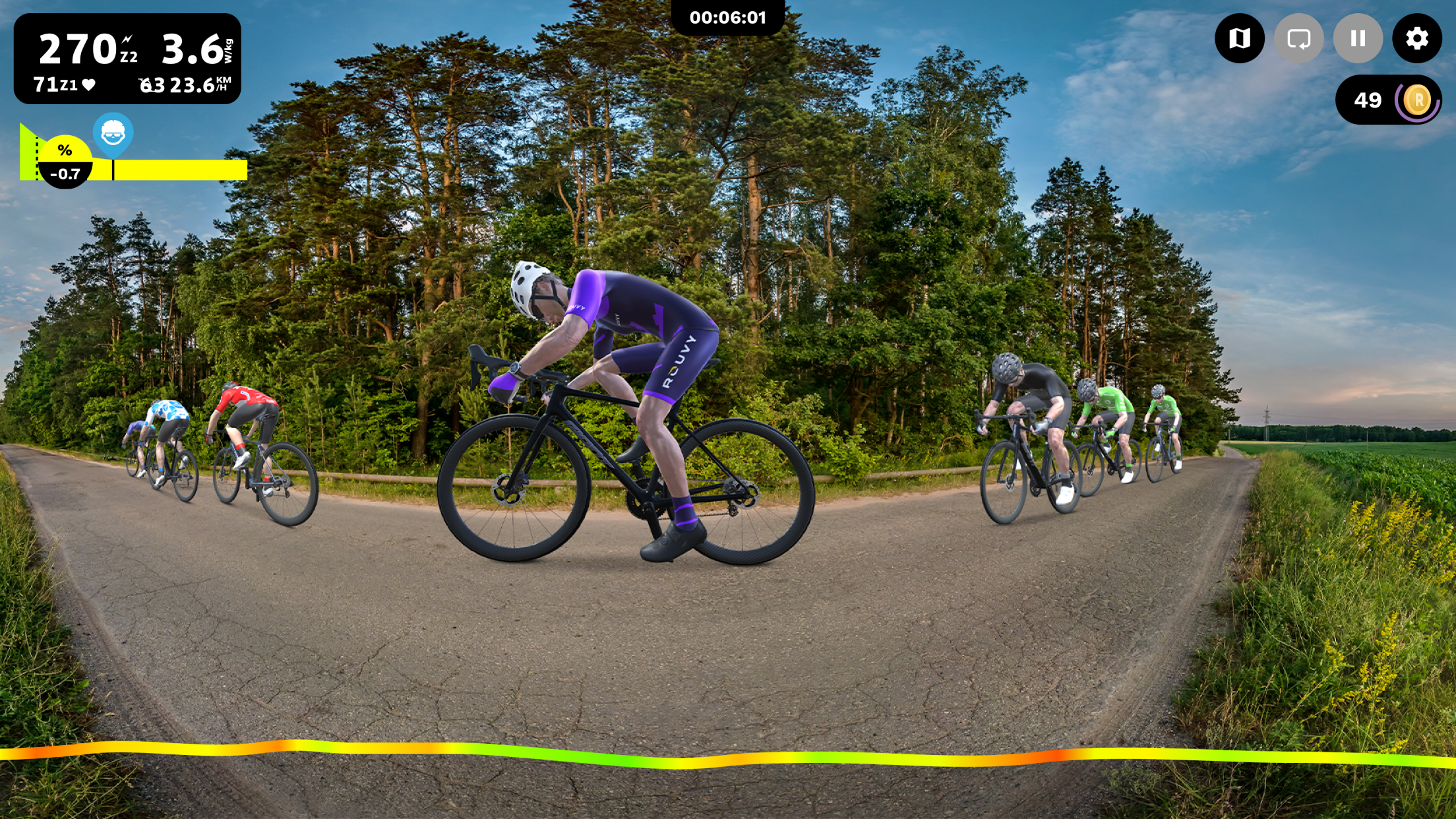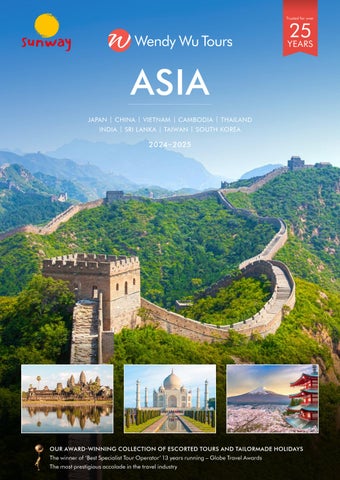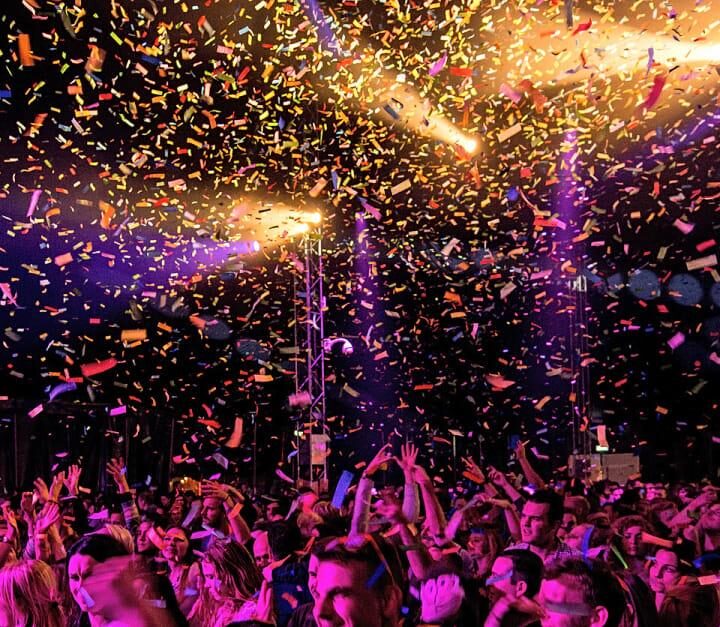Have you ever wondered how many stages are there in the legendary Tour de France? This prestigious cycling event, known for its grueling routes and iconic yellow jersey, is composed of a series of demanding stages that test the endurance and skills of the world’s top cyclists. From the picturesque landscapes of the French countryside to the challenging mountain ascents, each stage brings its own set of challenges and thrills.
In this blog, we will delve into the intricacies of the Tour de France, exploring the total number of stages, the different types of stages involved, and how they contribute to crowning the ultimate champion. Join us as we unravel the mystery behind the stages of this iconic race and gain a deeper insight into the world of professional cycling.
Introduction: Exploring the Tour de France
As we delve into the thrilling world of the Tour de France, one of the most prestigious cycling events globally, we are met with the excitement and anticipation that surrounds this iconic race.
The Legacy of Tour de France
The Tour de France, first held in 1903, has captivated audiences worldwide with its grueling stages and breathtaking landscapes, showcasing the best cyclists in the world.
This historic race has become synonymous with endurance, strategy, and the pursuit of excellence.
The Evolution of the Event
Over the years, the Tour de France has evolved into a grand spectacle, spanning multiple stages that test the riders’ physical and mental capabilities to the fullest.
- From the majestic Alps to the picturesque countryside, each stage presents a unique challenge for the cyclists.
- Riders vie for the coveted yellow jersey, symbolizing their prowess and determination in this ultimate test of athleticism.

History of Tour de France: From Origins to Modern Era
The Tour de France, the world’s most famous cycling race, has a rich history dating back to its inception in 1903. Organized by the newspaper L’Auto to boost sales, the race has evolved over the years into a prestigious sporting event.
Origins of Tour de France
The Tour de France was first held in 1903 and consisted of six stages covering 2,428 kilometers. Maurice Garin emerged as the winner of the inaugural race.
Additionally, the early races were marked by rough road conditions, limited rider support, and primitive bicycles.
Evolution into the Modern Era
Over the years, the Tour de France has expanded in both length and complexity, with the current edition comprising 21 stages covering around 3,500 kilometers.
This prestigious event now attracts top cyclists from around the world, with millions of fans lining the route each year to cheer on their favorite riders.

Format of the Tour: Understanding the Competition
When diving into the intricacies of “how many stages in Tour de France,” it’s crucial to understand the format of the competition. The Tour de France consists of 21 stages spanning over three weeks, covering approximately 3,500 kilometers. This grueling race tests the endurance and skills of the world’s top cyclists.
Types of Stages
There are different types of stages in the Tour de France, including flat stages, mountain stages, individual time trials, and team time trials. Each stage presents unique challenges and strategies for the riders to navigate.
Competitive Edge
Competing in the Tour de France requires a blend of physical prowess, mental fortitude, and tactical acumen. Riders must strategize on when to conserve energy, when to make a breakaway, and how to position themselves for crucial stages like the mountain climbs.
Number of Stages in Tour de France: Decoding the Mystery
The Tour de France typically consists of 21 stages that are spread out over a period of three weeks. This prestigious cycling event is known for its challenging routes and beautiful scenery.
Evolution of Stage Numbers
Historically, the Tour de France has varied in the number of stages it includes. From its inception in 1903 with just 6 stages, the race has evolved to the current 21 stages.
Impact of Stages on Overall Race
Each stage of the Tour de France presents unique challenges for the riders, from flat sprints to grueling mountain climbs. The total number of stages plays a crucial role in determining the winner of the race.

Evolution of the Race: Changes Over the Years
Over the years, the Tour de France has undergone significant changes, evolving into the iconic cycling event we know today. From its humble beginnings in 1903 with just 6 stages to the modern-day extravaganza spanning multiple weeks and stages, the race has truly transformed.
Expansion of the Race
The Tour de France has seen a steady increase in the number of stages, with the current format comprising around 21 stages covering approximately 3,500 kilometers. This expansion allows riders to showcase their endurance and skills across diverse terrains.
Each stage presents unique challenges, testing the cyclists’ abilities and pushing them to the limit. The grueling mountain stages, fast-paced sprints, and time trials contribute to the excitement and drama of the race.
Technological Advancements
In addition to the increase in stages, technological advancements have played a crucial role in shaping the Tour de France. Modern equipment, including lightweight carbon fiber bikes and aerodynamic clothing, enhance performance and contribute to faster race times.
Training methods have also evolved, with riders utilizing data-driven strategies to analyze their performance and optimize their training regimes. The integration of technology has revolutionized the sport, making it more competitive and compelling.
Challenges Faced by Riders: Mountains, Sprints, and Time Trials
Riders in the Tour de France face a myriad of challenges, including conquering mountains, excelling in high-speed sprints, and showcasing their endurance in time trials.
Mountain Stages
Mountain stages present some of the toughest challenges in the Tour de France. Riders must navigate grueling climbs, high altitudes, and unpredictable weather conditions. These stages test both physical strength and mental fortitude, separating the contenders from the rest of the pack.
Altitude and steep gradients require riders to carefully pace themselves, conserving energy for critical moments during the ascent. Embracing the mountains is a vital aspect of achieving success in the overall race.
Sprint Stages
Sprint stages are characterized by flat terrains and intense bursts of speed. Riders must jostle for position, strategically positioning themselves for the final dash to the finish line. Sprinters with explosive power and impeccable timing often dominate these stages.
Timing and positioning are key in sprint stages, as the margin of victory can be razor-thin, making every decision and move crucial.
Time Trial Stages
Time trial stages are all about individual performance against the clock. Riders race solo against time, pushing their limits to achieve the fastest possible time over a set distance. Aerodynamics, pacing, and mental focus are critical in time trials.
Time trial stages reveal a rider’s pure strength and stamina, as they battle the clock with no one to rely on but themselves.
Significance of Each Stage: Impact on the Overall Race
Each stage in the Tour de France plays a crucial role in determining the ultimate winner of the race. From flat sprints to grueling mountain climbs, every stage presents unique challenges and opportunities for the cyclists.
Physical Endurance and Strategy
The variety of stages tests the riders’ physical endurance and requires strategic planning to conserve energy for the most critical moments.
Tactical Moves and Time Gaps
Stage wins and time gaps created during each stage can significantly impact the overall standings. Riders often make tactical moves to gain time on rivals or defend their position.
- Breakaways
- Peloton Dynamics
- Mountains Classification
Behind the Scenes: Logistics and Organization
When it comes to the Tour de France, the logistics and organization behind the event are immense and meticulously planned. Teams of professionals work tirelessly to ensure that each of the how many stages of the Tour de France runs smoothly and efficiently.
Route Planning and Coordination
One of the critical elements of organizing the Tour de France is the intricate process of route planning and coordination. The route for each stage is meticulously crafted to provide both challenging terrain for the riders and breathtaking scenery for spectators.
Additionally, coordinating the logistics of road closures, security, and support services along the entire route requires extensive collaboration between various agencies and organizations.
Team Logistics and Support
Each participating team in the Tour de France requires extensive logistical support to ensure their smooth operation throughout the race. From transportation of equipment and vehicles to accommodation and meals, the behind-the-scenes team works tirelessly to meet the teams’ needs.
- Transportation of bikes and gear
- Accommodation arrangements
- On-the-road support vehicles
Fan Engagement: Watching and Following the Tour
As fans eagerly await the Tour de France, the excitement of watching and following the race grows each year. With the race consisting of how many stages the Tour de France has becoming a hot topic, fan engagement reaches new heights.
Virtual Viewing Experience
Many fans engage in the race through virtual platforms/emphasizing, where live coverage and updates keep them informed. This ensures that enthusiasts never miss a moment of the action, making the race more accessible and thrilling.
Team and Rider Updates
Followers of the Tour eagerly track their favorite teams and riders through various online channels. Whether through social media, dedicated apps, or cycling websites, fans stay updated on performances, rankings, and stage results.
Notable Moments in Tour de France History
The Tour de France, an iconic and prestigious cycling event, has seen numerous memorable moments throughout its history.
First Edition in 1903
The inaugural Tour de France took place in 1903, with 60 cyclists embarking on a challenging journey across France.
It consisted of single stage races covering a total of 6 stages.
Introduction of the Yellow Jersey in 1919
In 1919, the famous yellow jersey was introduced to identify the overall leader of the race.
- The yellow jersey, worn by the rider with the lowest cumulative time, became a symbol of dominance in the Tour.
Frequently Asked Questions
- How many stages are there in Tour de France?
- The Tour de France consists of 21 stages in total.
- What types of stages are included in the Tour de France?
- The stages in Tour de France include flat stages, hilly stages, mountain stages, individual time trial stages, and team time trial stages.
- How long is each stage in the Tour de France?
- The length of each stage in the Tour de France varies, ranging from around 100km to over 200km.
- Do all stages of the Tour de France take place in France?
- While the majority of the stages take place in France, occasionally the Tour de France may pass through neighboring countries or start with stages outside of France.
- How many rest days are included in the Tour de France?
- The Tour de France typically includes two rest days during the three-week race.
Unraveling the Enigma: A Conclusion on How Many Stages in Tour de France
In conclusion, the Tour de France is a grueling race that spans a total of 21 stages, covering diverse terrains and challenging riders both physically and mentally. Each stage presents unique obstacles and opportunities for the cyclists to showcase their skills and endurance. The race, steeped in history and tradition, captivates viewers worldwide with its drama and excitement. Knowing the number of stages in the Tour de France can help fans follow the race more closely and appreciate the efforts put in by the riders. So, whether you are a cycling enthusiast or a sports aficionado, understanding the intricacies of the Tour de France adds a new dimension to your sports viewing experience.


